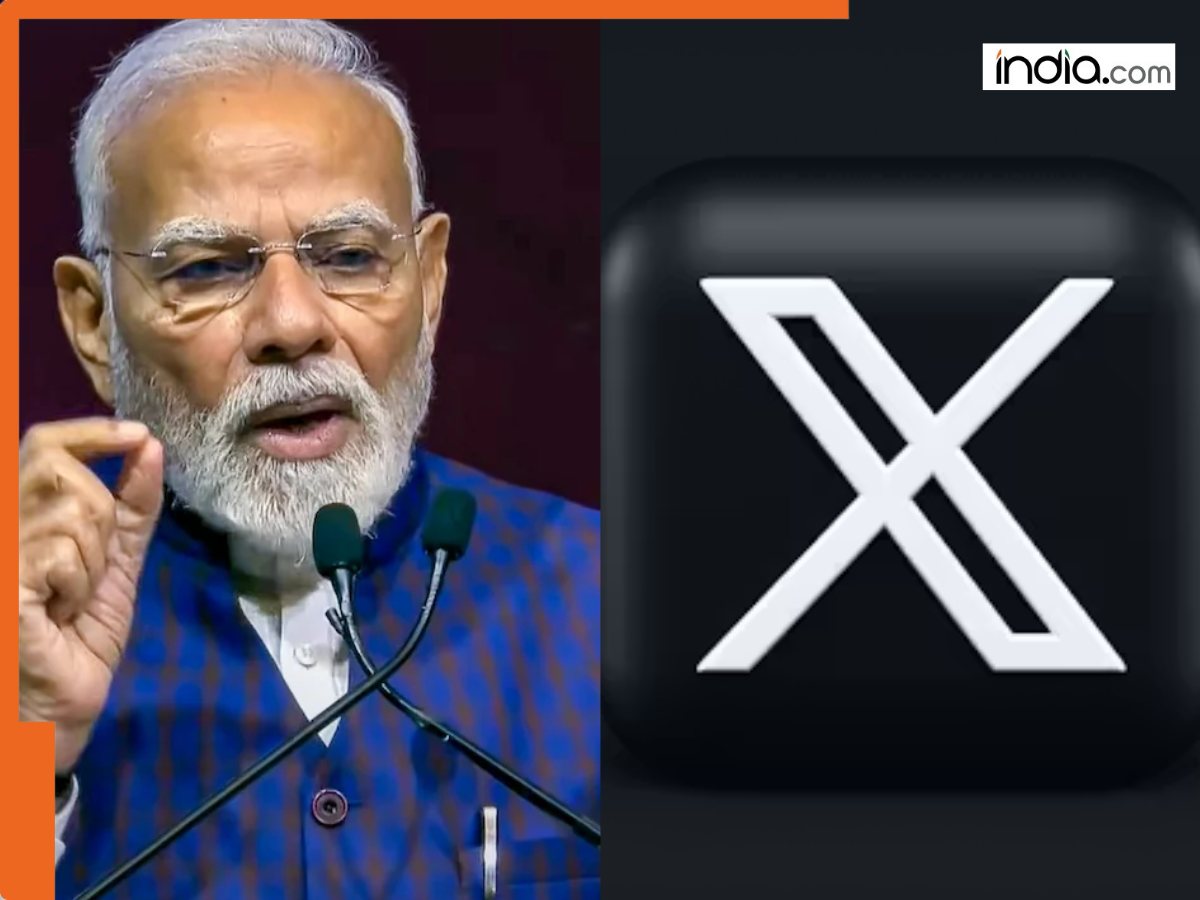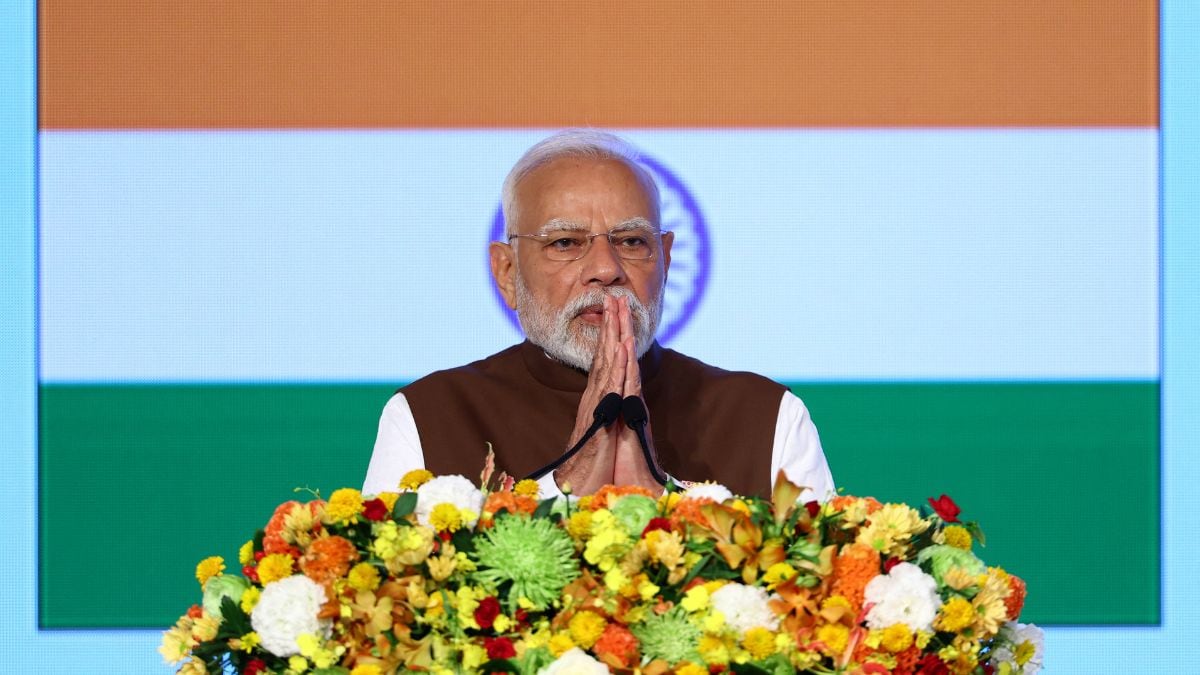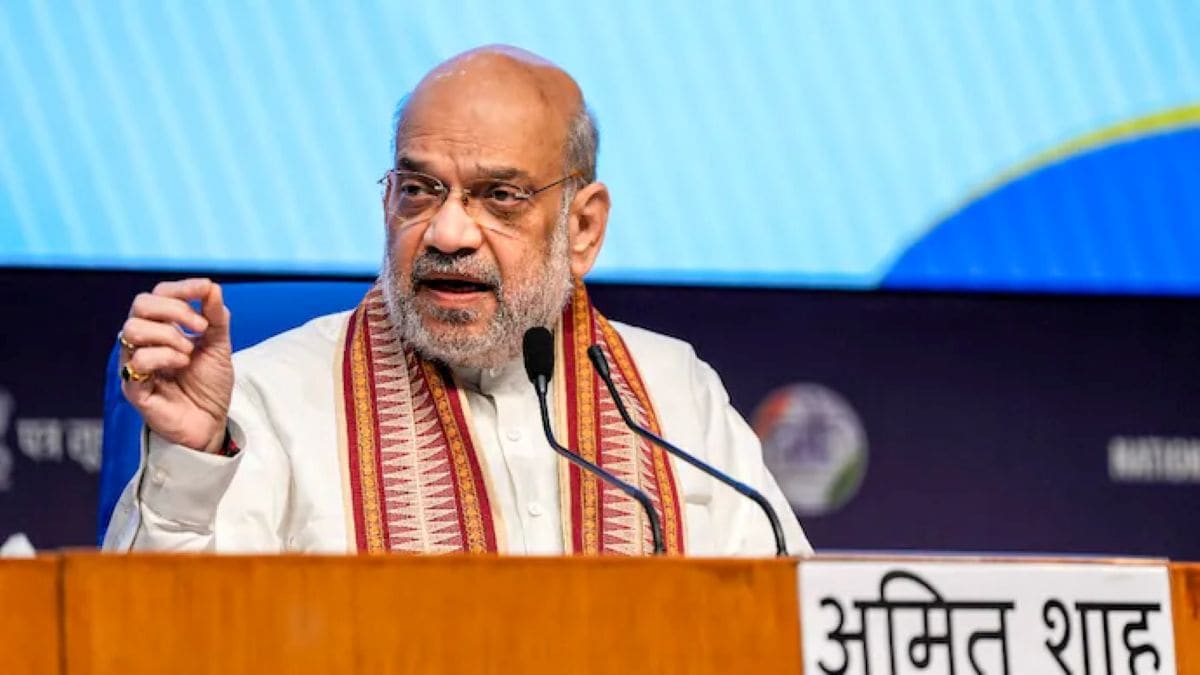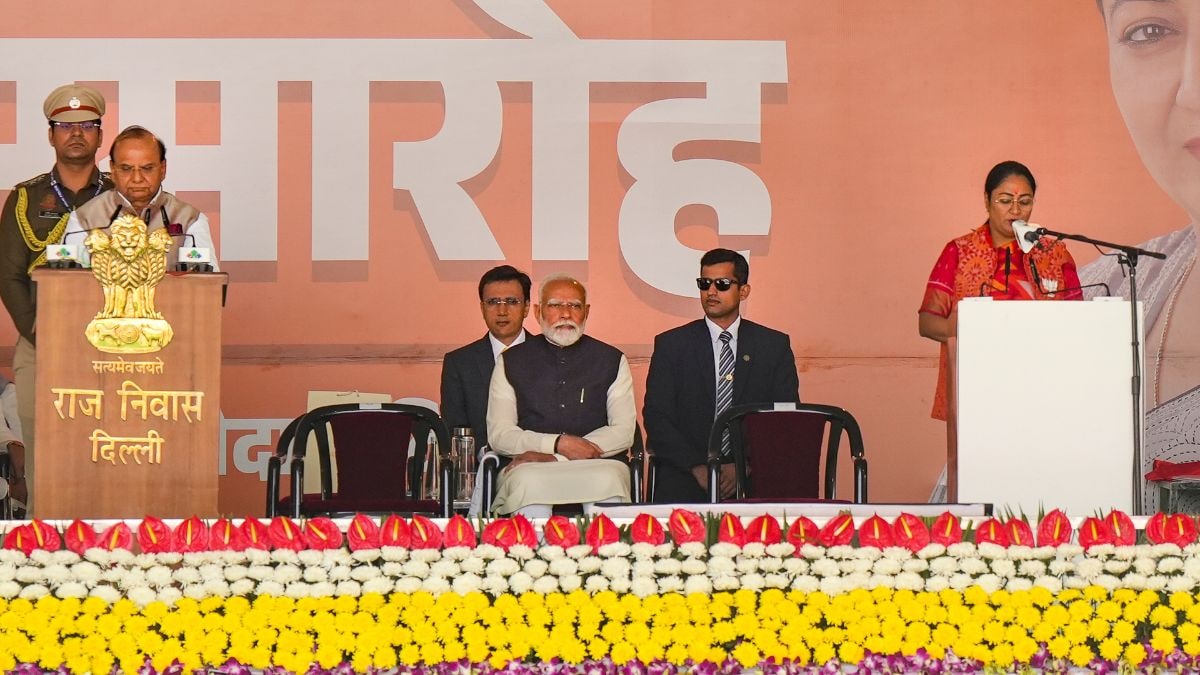Aadhaar Rule Change 2025 Explained: New Update Charges, PAN Linking Mandate & KYC Norms
UIDAI has announced new Aadhaar rules for 2025 including higher update fees, stricter KYC norms, PAN-Aadhaar linking mandates, and revised biometric policies to enhance data security and digital compliance.

UIDAI has introduced a series of key changes in 2025 pertaining to Aadhaar, ranging from update charges to linking it with PAN as well as KYC norms for using it for bank accounts, small savings deposits and investments. These changes have wide relevance for any person who holds a bank account, small savings deposit account or an investment portfolio.
Changes that have taken effect
1. Increase in Aadhaar update charges
- Effective 1 October 2025, UIDAI has increased the charges for Aadhaar update as follows:
- Demographic update charges (name, address, date of birth, mobile number or email) have gone up from ₹50 to ₹75.
- Biometric update charges (fingerprint, iris scan or photo) have increased from ₹100 to ₹125.
- Biometric update for children aged 5–7 years and 15–17 years has been made free (one-time update) to encourage on-time enrolment.
- Document update charges at enrolment centres: ₹75 (online free till 14 June 2026).
- Aadhaar reprint: ₹40.
Home enrolment service: ₹700 for the first person, and ₹350 for every other person at the same address.
2. Aadhaar linking with PAN mandatory
The government has re-emphasised that every person must link Aadhaar with PAN number. If not done, their PAN may be declared inoperative. As a result, people may experience delays or issues in opening Demat accounts, investing in mutual funds or other investment and tax related processes.
3. Easier and more secure Aadhaar e-KYC
New features have been introduced, such as offline Aadhaar KYC and the e-KYC Setu, which allows banks and NBFCs to validate a customer’s identity without viewing the entire Aadhaar number. This will help in providing a better data privacy to Aadhaar holders and enable a quicker account opening process.
4. Tighter Aadhaar validation norms
As per the new rules, financial institutions can only perform Aadhaar-based KYC when the Aadhaar number is active and non-duplicate. So, if your Aadhaar is invalid or duplicate, you may find yourself blocked in the process of opening an account or other investments.
What to watch out for in 2026
Effective 1 January 2026, more stringent regulations will come into force for the Aadhaar Enabled Payment System (AePS) – in terms of how banks and business correspondents should track fraud and KYC. This could potentially impact cash‐withdrawal or deposit transactions in rural and semi-urban areas. The Financial Express
UIDAI plans to expand the use of Aadhaar‐based services for small savings schemes such as PPF, NSC, post office savings accounts using e-KYC. However, if you don’t link your Aadhaar or update your details, you may see your deposits/withdrawals getting blocked. The Financial Express
UIDAI is also working towards simplifying the offline KYC framework. In the future, you may only need to present your Aadhaar Secure QR code or masked ID to the bank/investment platform—helping with user‐convenience and data privacy.
Why the changes are important for you
It is important to understand that these changes are not just to make life difficult for the individual customer! UIDAI notes that the changes have direct impact on your financial life, covering your bank accounts, mutual funds, insurance, small savings, and other investment instruments. The Financial Express
A failure to update Aadhaar, or to link it with your PAN, can lead to delays in your investments getting processed, or it can even result in loss of interest or restricted access to financial services.
The hike in update fees means additional charges for you, if you want to keep your Aadhaar information up-to-date.
The new KYC and validation norms mean stricter verification of your identity by the banks/investment platforms – if your Aadhaar is found to be inactive or a duplicate, it will hit your ability to make financial transactions.
If you live in a rural or semi‐urban area, and use AePS (Aadhaar = banking agent cash withdrawals), then the stricter norms coming in from January 2026 could change the way you access cash services.
Action steps to take now
Here are the recommended clear action steps that you need to take:
 Visit the UIDAI website or mAadhaar app to check the status of your Aadhaar (whether it is active, non duplicate) and to see if you need to do any demographic or biometric update.
Visit the UIDAI website or mAadhaar app to check the status of your Aadhaar (whether it is active, non duplicate) and to see if you need to do any demographic or biometric update.
 Visit the Income-Tax e-filing portal to check whether your PAN is linked to your Aadhaar. If not, you should link it as soon as possible to avoid having your PAN declared inoperative.
Visit the Income-Tax e-filing portal to check whether your PAN is linked to your Aadhaar. If not, you should link it as soon as possible to avoid having your PAN declared inoperative.
 Update Aadhaar details with your bank, mutual fund house or other investment account, so that the details are the same (to avoid any mismatches).
Update Aadhaar details with your bank, mutual fund house or other investment account, so that the details are the same (to avoid any mismatches).
 If you are in a rural area and use AePS (Aadhaar = banking agent cash withdrawals) for services, check with your bank or co-operative on the revised rules, which will be applicable from January 2026.
If you are in a rural area and use AePS (Aadhaar = banking agent cash withdrawals) for services, check with your bank or co-operative on the revised rules, which will be applicable from January 2026.
 Maintain a record of the last time your Aadhaar was updated, and plan for any updates that you may need in the future (e.g., your children’s biometric updates which are free till September 30 2026).
Maintain a record of the last time your Aadhaar was updated, and plan for any updates that you may need in the future (e.g., your children’s biometric updates which are free till September 30 2026).
These changes reflect the government’s two-fold intent of the dual objectives of strengthening financial inclusion and reducing fraud and duplicate identities. At the same time, they are also trying to ensure that all enterprises and financial institutions have reliable identity data for their customers. As an individual, the key takeaway for you should be: don’t procrastinate. Update your Aadhaar, link it with your PAN, and keep your details updated to avoid any service disruption or future costs.
What's Your Reaction?




















































